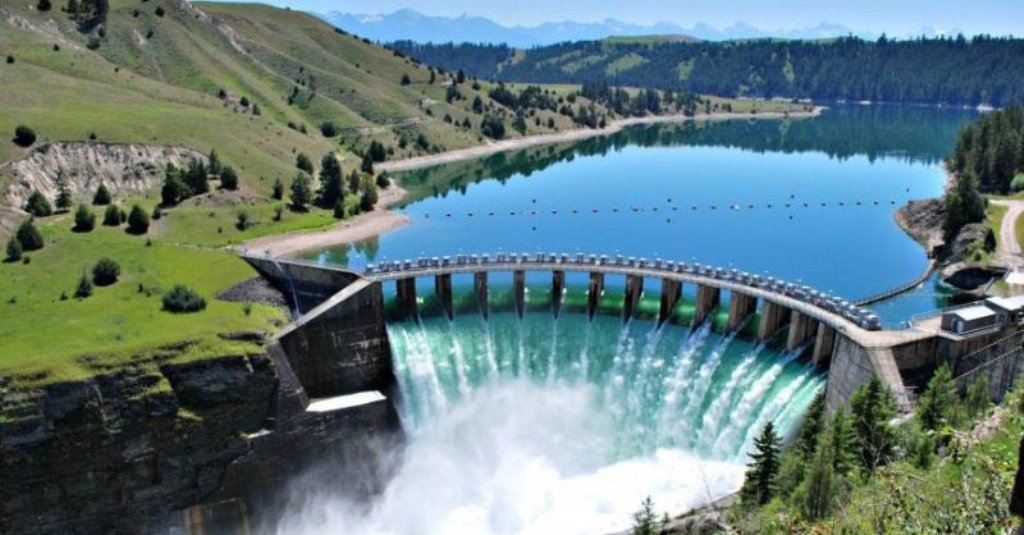Kilimokwanza.org Reporter
Mitigating Floods with the Julius Nyerere Hydropower Plant and Dam: Insights from Mr. Prudence Lugendo
Mr. Prudence Lugendo, a Policy Specialist at SAGCOT Centre Ltd in Tanzania, has highlighted the critical role of the Julius Nyerere Hydropower Plant and Dam in mitigating floods experienced in the region. Located at Stiegler’s Gorge within the Selous Game Reserve, part of the expansive Rufiji River basin, this monumental project is dedicated to Tanzania’s first president, Julius Nyerere. It ranks as one of the largest hydropower stations in East Africa, significantly impacting the region’s electricity supply, flood control, and water resource management.
Strategic Flood Control
The Julius Nyerere Hydropower Plant and Dam regulate the flow of the Rufiji River, which is crucial for controlling seasonal rains that frequently result in severe flooding. This affects agriculture, settlements, and infrastructure. The dam’s extensive reservoir capacity allows for the storage and controlled release of water, drastically reducing the risk of sudden, catastrophic flood events in downstream communities.
Persistent Flood Challenges
Despite the dam’s capacity to control flooding, the Rufiji River basin still faces flood risks due to several factors. Continuous rains since October of the previous year have elevated the water table, and the Rufiji River’s sources extend beyond the Kilombero and Ruaha Rivers. Additional tributaries from Lindi, Morogoro Mahenge, and the Coast also contribute to the river’s flow. These regions, which lie downstream of the Mwalimu Nyerere dam, experience flooding, exacerbating the situation when combined with normal water levels.
The Need for Public Education
According to Mr. Lugendo, there is a crucial need for public education regarding the Rufiji floods. “Many residents in flood-prone areas are unaware of the dynamics at play. Besides the natural increase in tributary water levels, human encroachment into unsuitable living areas within the Rufiji basin has compounded the risk. Historical events, such as the major floods in the 1970s, which led to mass relocations, underscore the vulnerability of these areas,” he explained.
By addressing the natural and human factors contributing to the region’s flood risks, efforts like those spearheaded by the Julius Nyerere Hydropower Plant and Dam, combined with effective public education and planning, are essential for reducing the impact of flooding in Tanzania.
According to Mr. Lugendo, managing excess water in agricultural regions like SAGCOT’s Kilombero Cluster is essential for enhancing productivity and utilizing resources effectively. Strategies such as improving drainage systems to divert surplus water, building reservoirs for water storage, restoring wetlands for natural water buffering, and implementing rainwater harvesting systems can help manage water efficiently. Additionally, promoting the use of flood-tolerant crop varieties, adopting water-smart agricultural practices like contour farming, and developing an integrated water resources management plan are crucial. Regular maintenance and upgrades of existing infrastructure, community training on sustainable water management, and partnerships with local government and other stakeholders will also support effective water management. These efforts require a coordinated approach involving all community and sector stakeholders to ensure sustainability and efficiency in water use.
Julius Nyerere Hydropower Plant and Dam for Water Resource Management
In addition to its flood control capabilities, the dam is pivotal in managing water resources for diverse uses:
- Irrigation: It ensures a stable and controlled water release, critical for irrigation in Tanzania’s arid and semi-arid regions, where agriculture heavily relies on dependable water sources.
- Drinking Water: The reservoir provides a consistent water supply, essential for treatment and use as drinking water, addressing the region’s increasing water scarcity challenges.
- Ecosystem Maintenance: The dam supports local ecosystems that depend on consistent water availability by maintaining necessary water levels.
Impact Across Regions
The benefits of the Julius Nyerere Hydropower Plant and Dam extend through various regions along the Rufiji River, including:
- Morogoro Region: Known for its fertile lands, it enjoys improved irrigation and reduced flood risks.
- Pwani (Coast) Region: Communities here are protected from the destructive impacts of uncontrolled floods as the river approaches the Indian Ocean.
- Lindi Region: Enhanced flood control measures benefit downstream areas.
- Dar es Salaam: Though indirectly affected, this major urban center benefits from the upstream power and water management stability.
The Julius Nyerere Hydropower Plant and Dam is a cornerstone of Tanzania’s infrastructure development, which provides renewable energy, enhances flood control, and secures water resources for various uses. It addresses multiple challenges with a single solution, albeit with the need for careful consideration of its ecological impacts and the necessity for thoughtful environmental stewardship.
